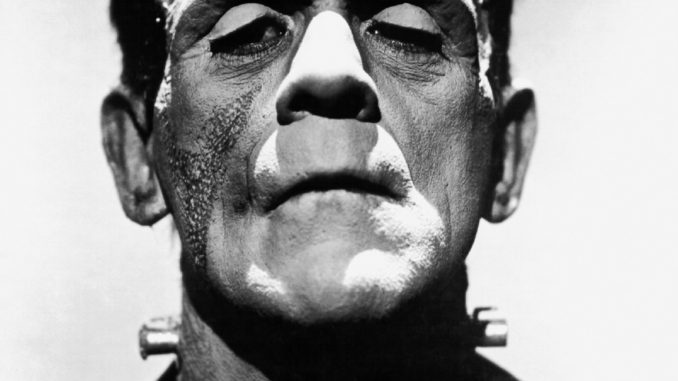
Hi everyone, and welcome back to the Finder’s Archives. This time around, since it’s just been Halloween, I think it’s time to look at Horror.
Last year, we had a look at how to introduce horror into your games, but this time around, I’ll be doing something similar to the article about Jules Verne and the origin of science fiction. This time around, we’re looking at “Gothic horror” and where it came from.
Gothic Horror started with Horace Walpole, and The Castle of Otranto, widely considered to be the first Gothic Horror novel. It contains many of the things that’ll later become the cornerstones of the literary tradition of the genre, such as the tragic hero and the jealous villain, as well as the “Oh it’s probably nothing” whenever a suspicious noise is heard.
I’m going to argue, however, that where most of us learned of Gothic Horror was either Bram Stoker, Mary Shelley or Robert Louis Stevenson with Dracula, Frankenstein and Dr. Jekyll & Mr. Hyde respectively. (While everyone remembers that Robert wrote Treasure Island, it seems like his horror legacy goes missing.)
These three books, to me, form the foundation of Gothic Horror. So what IS gothic horror exactly? Well, it’s generally defined as having taken its name from the Gothic style of building (especially churches), and horror. But the Gothic style of building was in the middle ages, and most of the books that form the genre were written around 1700-1900s. (The 3 named above were all published in the 1800s – Dracula in 1897, The Strange Case of Dr Jekyll and Mr Hyde in 1886 and 1818 for Frankenstein, Or The Modern Prometheus (to give them their proper titles)). – Incidentally, all are now in the public domain, so you should be able to find them for free online.
So why is it actually called GOTHIC horror? Well, it likely stems from the fact that the Gothic style of architecture is brooding, dark, and overbearing, and firmly rooted within Europe and European beliefs. Same goes for these stories – while there may be rare exceptions, almost all Gothic Horror originates from Europe.
All Gothic horror has themes around it as well, things that combine them. They’re generally character-driven – i.e. someone is trying to overcome some form of internal urge or drive, one that others would consider unnatural. Whether that is the bloodlust of Dracula, the wish to create life for Dr. Frankenstein (essentially challenging the place of god) or the sexual urges and brutal drives that Dr. Jekyll wants to drive out, and which Mr. Hyde embodies.
They take a very real human emotion and turn it to horrific extremes, but even as they do so, we can still see ourselves mirrored in the villains of the piece. Most of the villains are not so insane as to be beyond belief, there’s always a shred of sanity left – no matter how thin that shred might be. This puts it in stark contrast with the Cosmic Horror of someone like H.P. Lovecraft where it is creatures and beings beyond human understanding that threaten us. Within Gothic Horror, the villains and threats are understandable and relatable – they’re ourselves turned up to 11.
I’ll end this little diatribe on a small note: A lot of Gothic Horror is defined by the “fear of the unknown.” but it should not quite be taken literally. This “unknown” is the one just at the edges of what we understand (again, unlike Cosmic Horror), but one that we could understand if we truly set ourselves upon that dark path. We just need to be warned that there are things that humanity should not do.
And if you’d like to use horror in your campaigns, I suggest you take a look at this Halloween Article from 2018.
Kim Frandsen
Latest posts by Kim Frandsen (see all)
- Finder’s Archive – Crypt of the Eternals - June 2, 2023
